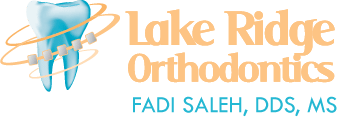Dental emergencies can be a scary and painful experience. But knowledge is power, so it’s essential to know the most common dental emergencies and how to prevent them. Let’s look at the five most common dental emergencies and how to avoid them.
Five Kinds Of Dental Emergency Cases
1. Toothache
A toothache can range from mild to severe and often comes with swelling, soreness, or redness around the affected area. The cause of a toothache could vary from deep decay to an injury, but it should be taken care of quickly as it could lead to more severe problems. To prevent a toothache, brush, and floss twice daily and visit your dentist regularly for check-ups and cleanings.
2. Knocked-Out Tooth
Being hit in the face or falling can lead to a knocked-out tooth. If this happens, try to handle the tooth using only its crown (the top part). Do not touch the roots, as this could damage them or remove any tissue that may still be attached to them. Rinse off any dirt with lukewarm water if necessary before trying to reinsert it back into its socket—this might help save your tooth! To prevent this type of dental emergency, always wear protective gear when playing sports and make sure your mouthguard fits so it can provide sufficient protection against blunt force trauma like being hit in the face with a ball or puck.
3. Lost Filling/Crown
Fillings help protect teeth from decay while crowns cover up cracked or damaged teeth completely—so if either falls out unexpectedly, you must take action immediately! If you lose a filling, use over-the-counter temporary fillings until seeing your dentist; however, if you lose or break off a crown, try placing some denture adhesive on the crown so that it stays snugly in place until you get an appointment for a replacement crown. To prevent these types of emergencies, avoid eating hard foods such as nuts or ice cubes; also, try not grinding your teeth as this could lead to weakened fillings/crowns, which are at higher risk for becoming lost/broken off prematurely as well.
4. Broken Jaw
Trauma to the face can cause severe damage, including broken bones like fractures in the jawbone—often caused by car accidents or falls from heights. Common symptoms include swelling around the jaw area and difficulty speaking/breathing due to high pain levels. Even opening your mouth becomes difficult, sometimes impossible, without medical assistance soon after the injury occurs! Prevention is vital, so always remember to wear seat belts when driving cars/trucks, etc., use safety rails when climbing stairs/ladders,etc.—all these measures will help reduce risk factors significantly!
5. Pain and Bleeding Following a Tooth Extraction
An underlying infection, a damaged blood vessel, or a bone injury can cause bleeding and extreme discomfort. A little pain and bleeding are joint following a tooth extraction, but if they continue more than an hour later, you should call your dentist immediately once. In the interim, apply pressure and manage the bleeding by biting down on a big piece of gauze placed over the extraction site. This problem might be partially avoidable, given how the tooth was removed. The good news is that dental emergencies like these are uncommon, and tooth extractions are always done carefully and safely.
Book An Appointment Today!
Dental emergencies are never fun but knowing what they are and how best to prevent them is half the battle won already! As we have seen above, the seven most common cases are: Toothache, Knocked Out Tooth, Lost Filling/Crown, etc., which all require prompt attention & treatment either through self-care (examples include temporary fillings) or professional intervention (for example, replacement crown).
It is also essential that preventive measures exist, such as wearing protective gear while playing sports & driving vehicles cautiously at all times—doing all these things will minimize the chances of experiencing any type of dental emergency intensely! To know more about dental emergencies in detail, visit your nearest dentist.

